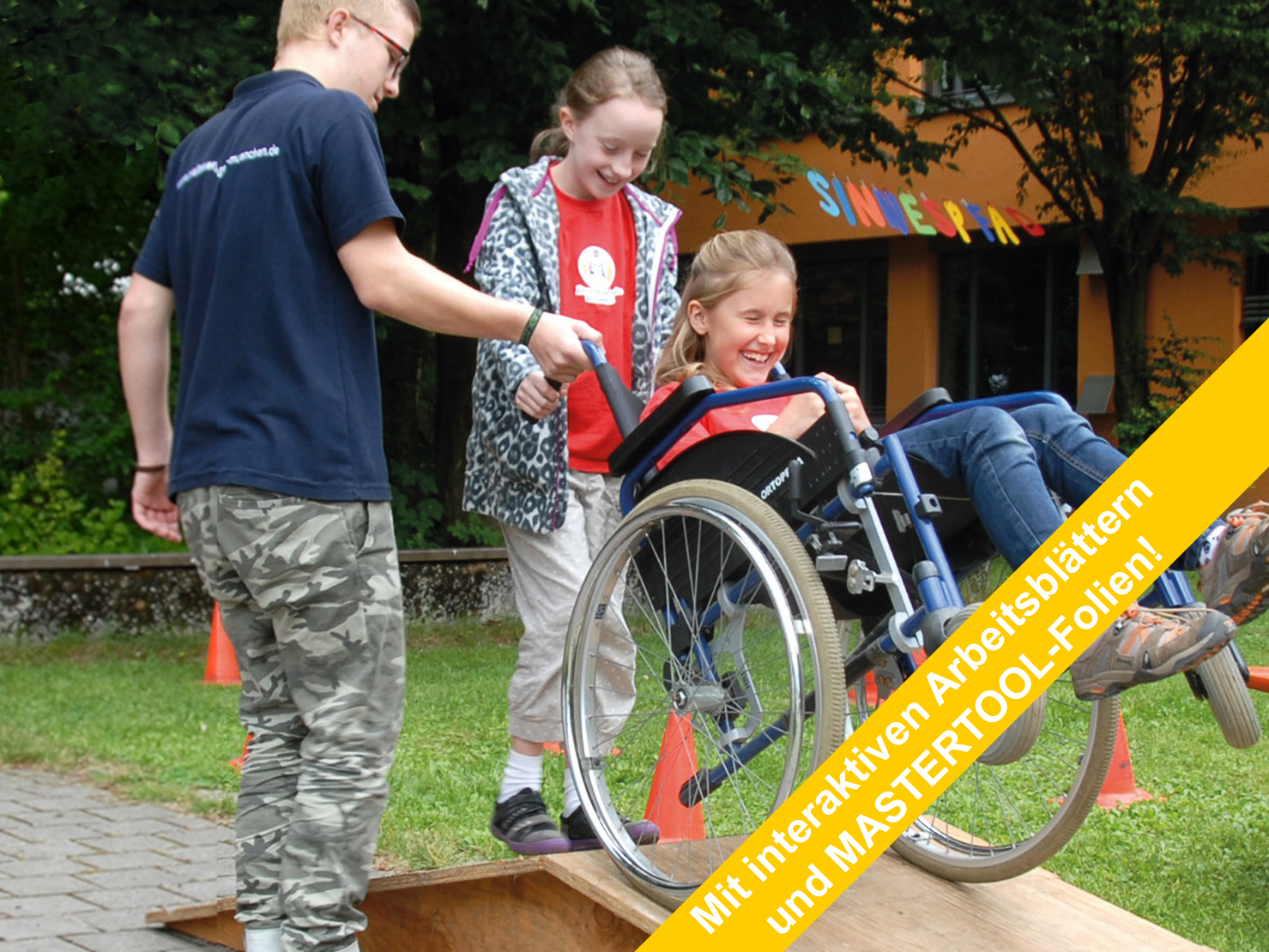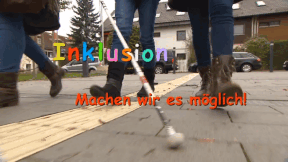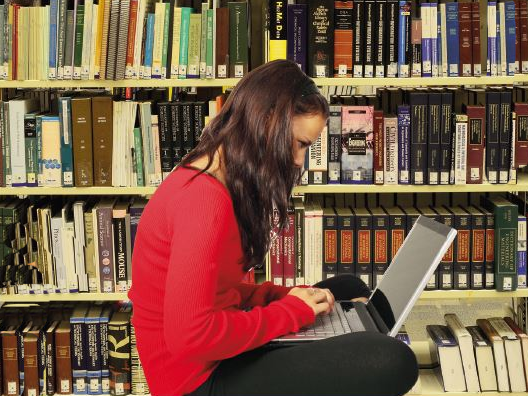 Primary School
Primary School
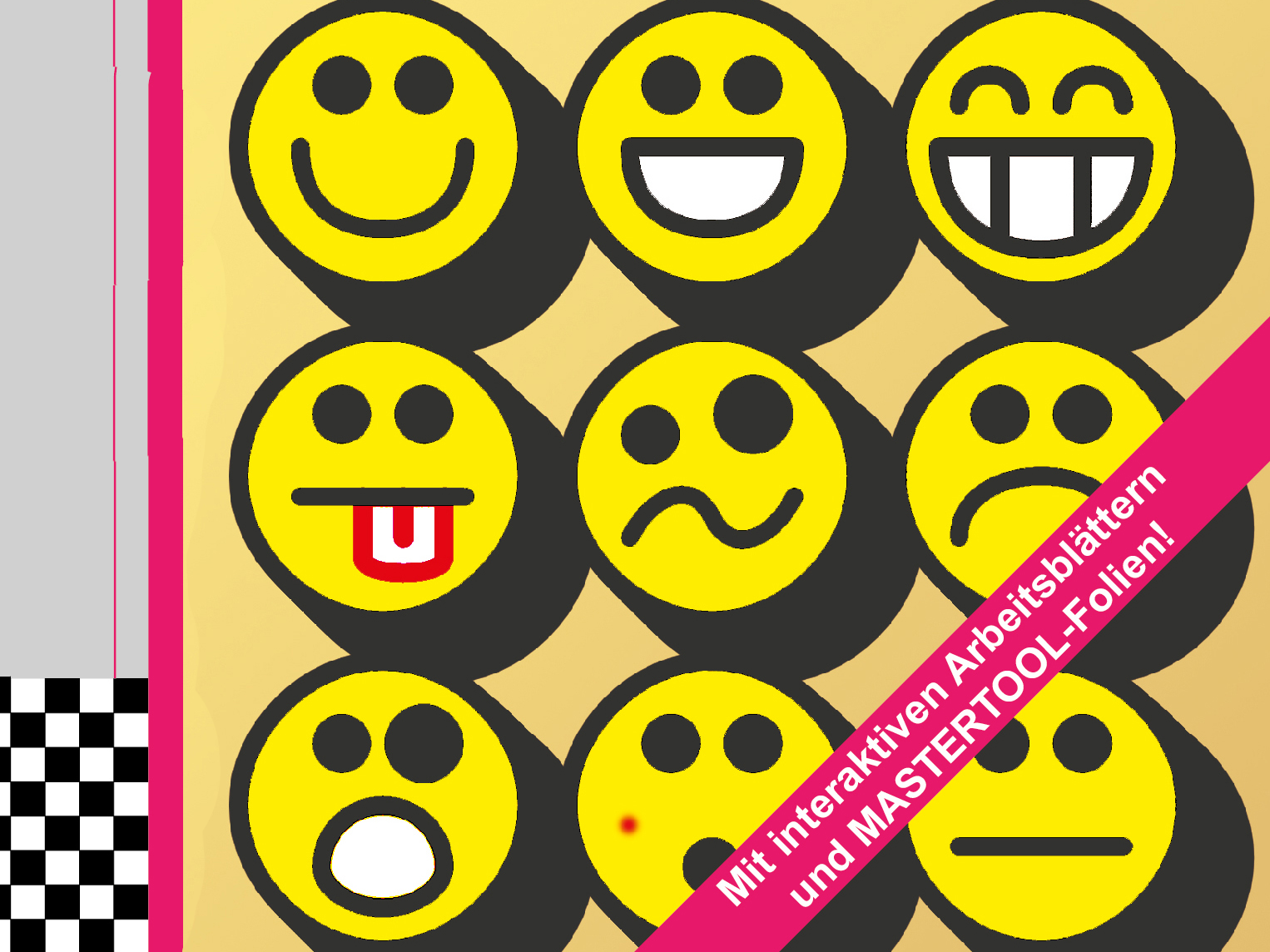

4673671 / 5562361
Feelings
Perception and Identification
Feelings belong to humans like their noses and ears or like eating and breathing. There are a lot of different feelings: some of them feel right and great, others are less good and can cause problems. Some feelings are recognised with difficulty because you do not really know what to think of them or what to do. Feelings can also connect people. One of the best experiences is when you can share feelings with others. Or when others participate in your feelings of the moment. Which feelings are simple and feel good, which ones are complex and difficult to understand? A day can be full of different feelings – what kind of feelings are they? We can be full of joy, we can also be sad, we can be afraid, angry with someone or really fond of him or her. And sometimes all this changes very quickly from one moment to the other. Sometimes we find it hard to identify what feelings we have at the moment. What kind of feelings are there at all?
Play trailer
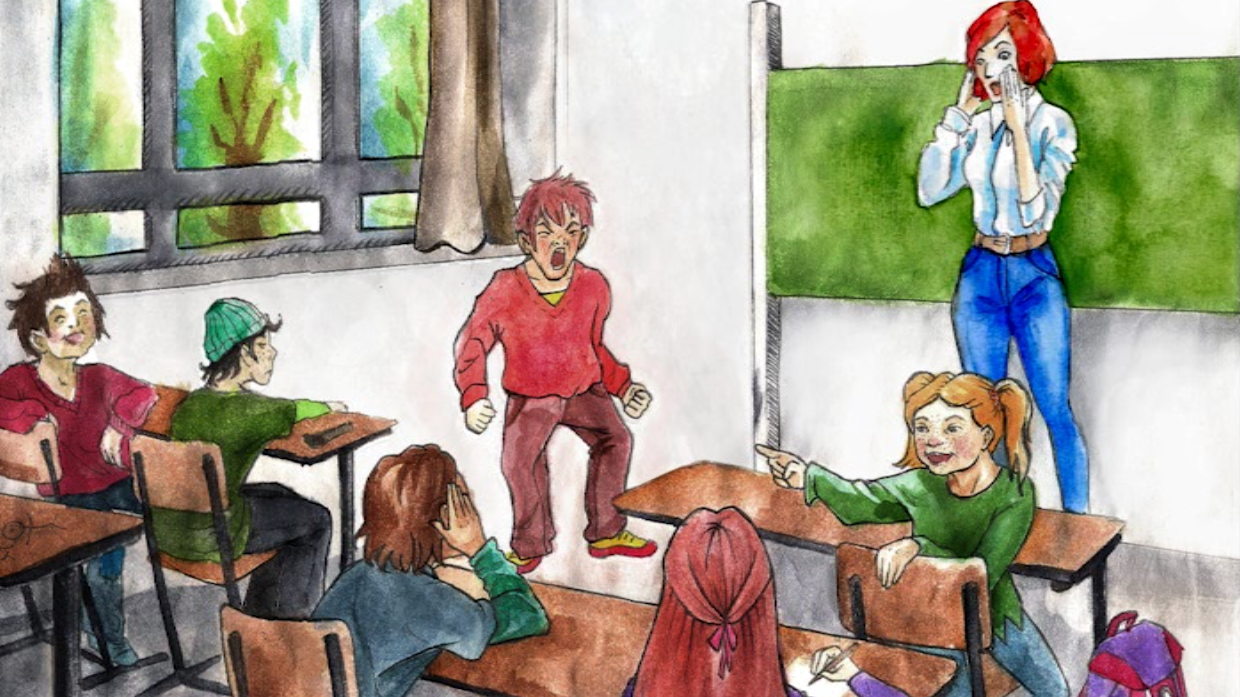
Curriculum-centred and oriented towards educational standards
Matching
Inclusion
Madita is eleven and blind. She does not want to go to a special school but to a regular grammar school. She says she feels "normal" there. Jonathan is eight and has a walking disability. He likes going to the school where he lives. Here, his best friend sits next to him. Max Dimpflmeier, a teacher who is severely deaf, explains that school life is not easy. Quote Max Dimpflmeier: "You don't want to attract attention, you want to avoid saying that it is necessary for you that 70 people adjust to your situation." People on their way to inclusion.
Internet Addiction
The film consists of two parts. The first part is the 15-minute short film “In the Net”. It describes the problem of excessive Internet use in a humorous way, in particular the risk of losing touch with reality when chatting. The second part illustrates with three real persons how Internet addiction can develop and the problems encountered by those who are afflicted. The authentic statements are commented by an experienced therapist. For many pupils, the issues addressed here are related to their everyday lives. What is a “sensible” use of the Internet, where does pathological addiction start? In contrast to addiction to alcohol, nicotine or drugs, the public seems to be largely ignorant of the problem of this addiction, which is not related to any substance abuse. The film provides material for discussion in the classroom (crossdisciplinary) and can be used as a basis for the formulation of prevention strategies.




